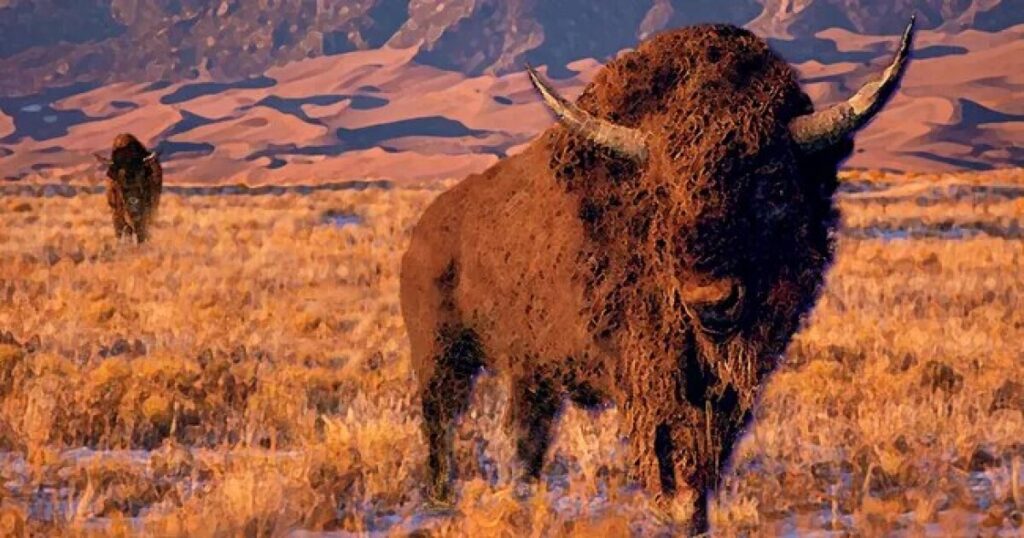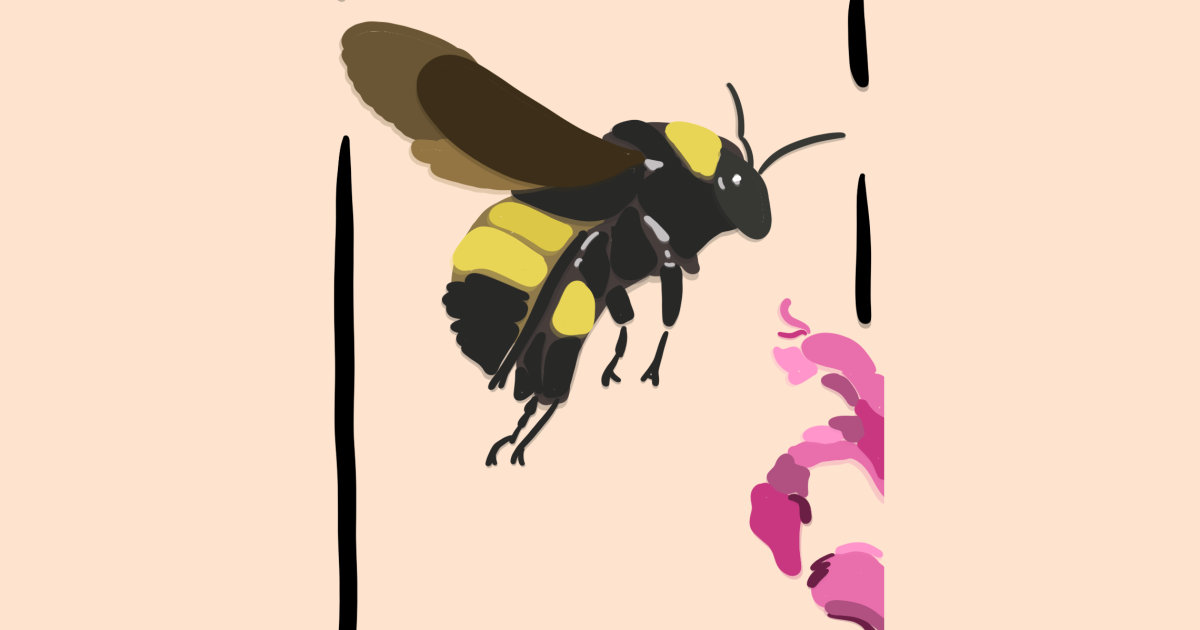The Brief Yet Impactful Era of the Clovis Culture in North America
The Clovis people, famed for their distinct spear points, were a prominent group in North America towards the end of the last ice age. Their presence and technological advancements have fascinated archaeologists and historians alike, leading to extensive studies regarding their timeline and influence.
Scholars have long debated the precise age of the Clovis culture, with a general consensus among Western scientists that it was well-established around 13,000 years ago. The origins of the Clovis people have also been a topic of intrigue, initially thought to be the first migrants from Asia to the Americas. However, newer evidence suggests that human presence in the Americas predates the Clovis culture by several millennia.
Research conducted at Texas A&M University sheds light on the duration of Clovis technology, indicating that their tool-making era lasted a mere 300 years. This short span raises questions about the rapid rise and fall of such a sophisticated and widespread technology.
The extinction of mammoths, mastodons, bison, and other large ice age animals roughly 300 years post-Clovis appearance might hold the answer. This extinction event coincides closely with the decline of Clovis technology, suggesting that their tools were perhaps designed specifically for hunting these large creatures. As these animals vanished, the necessity for Clovis points likely diminished.
Faced with changing circumstances, the Clovis people possibly transitioned to new technologies better suited to their environment, marking the end of their brief yet significant cultural footprint.
This Earth Note was written by Steve Schwartz and produced by KNAU and the Sustainable Communities Program at Northern Arizona University.
—
Read More Arizona News










